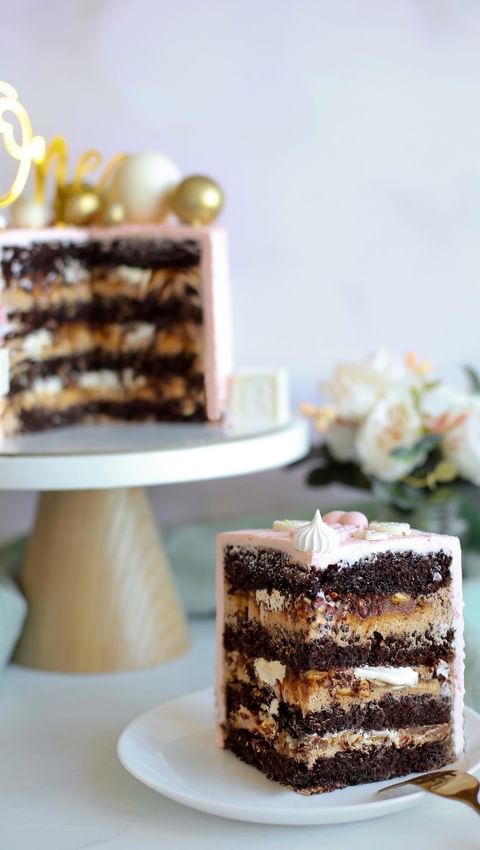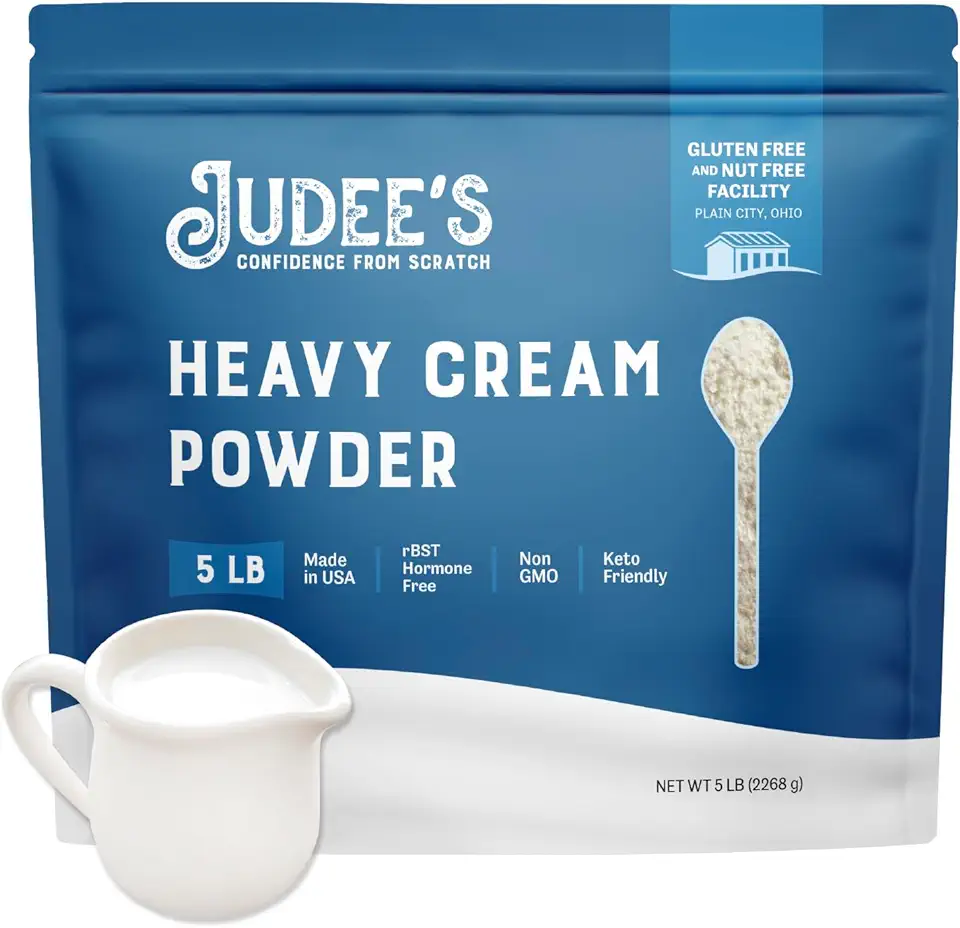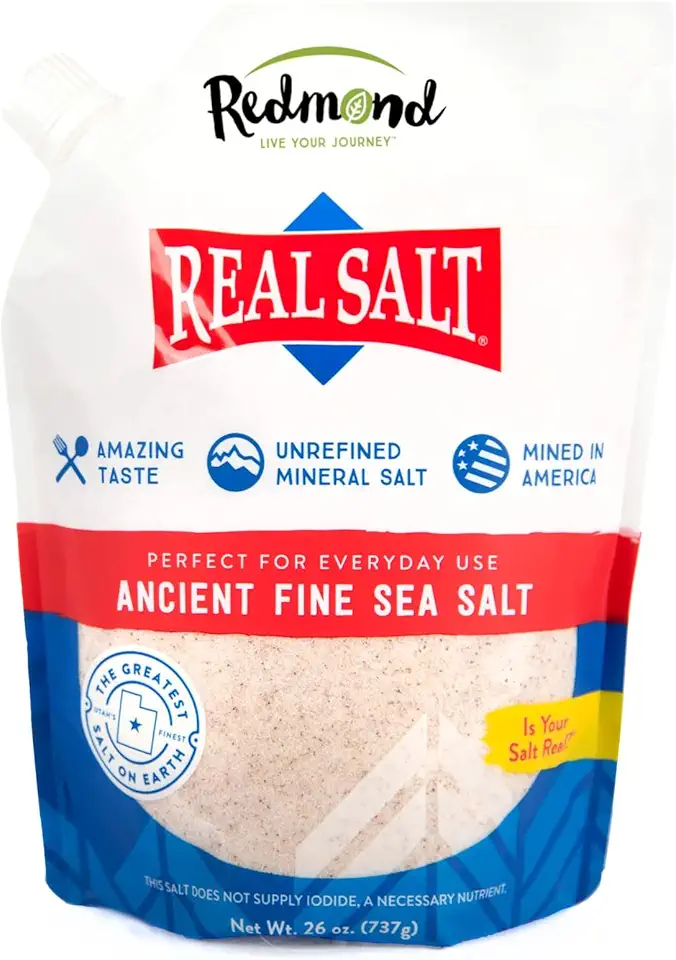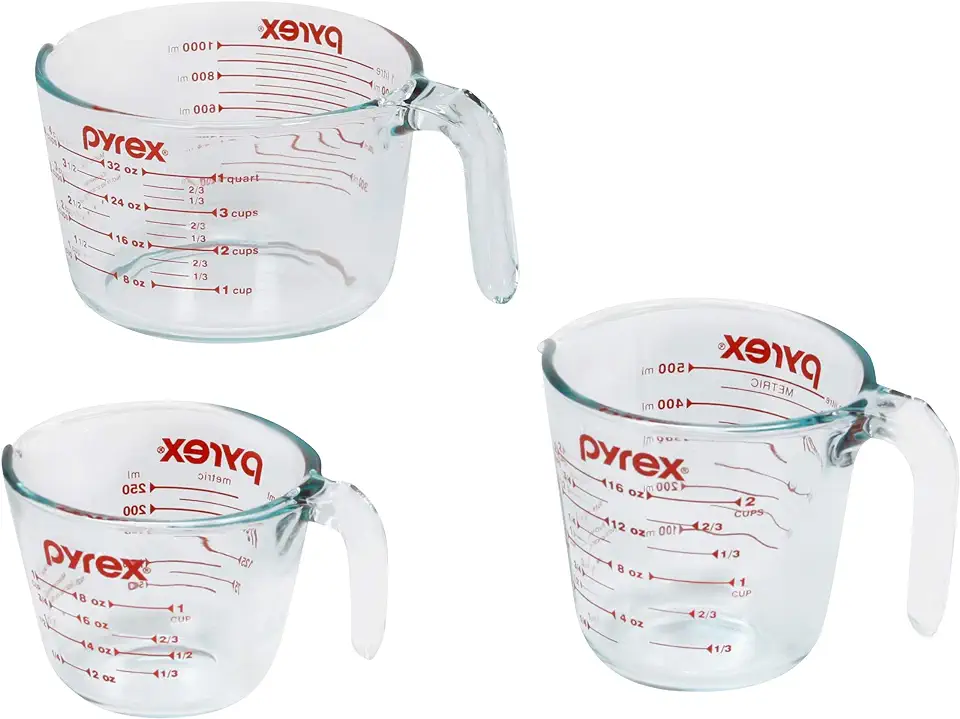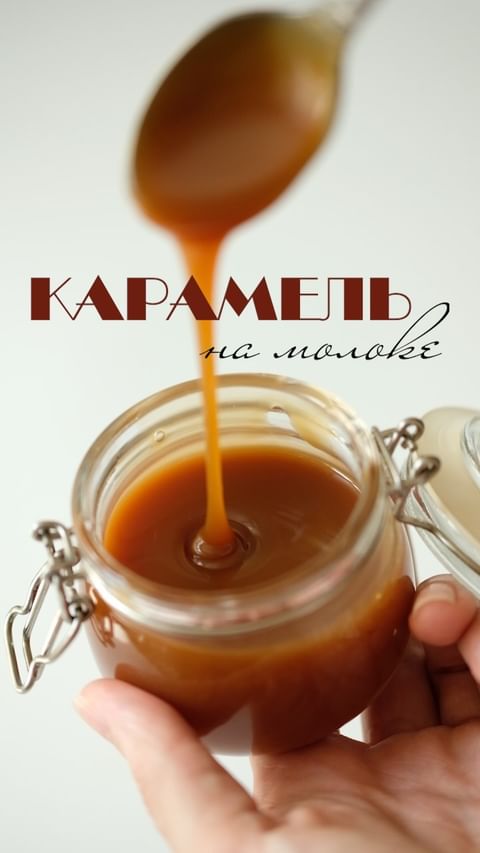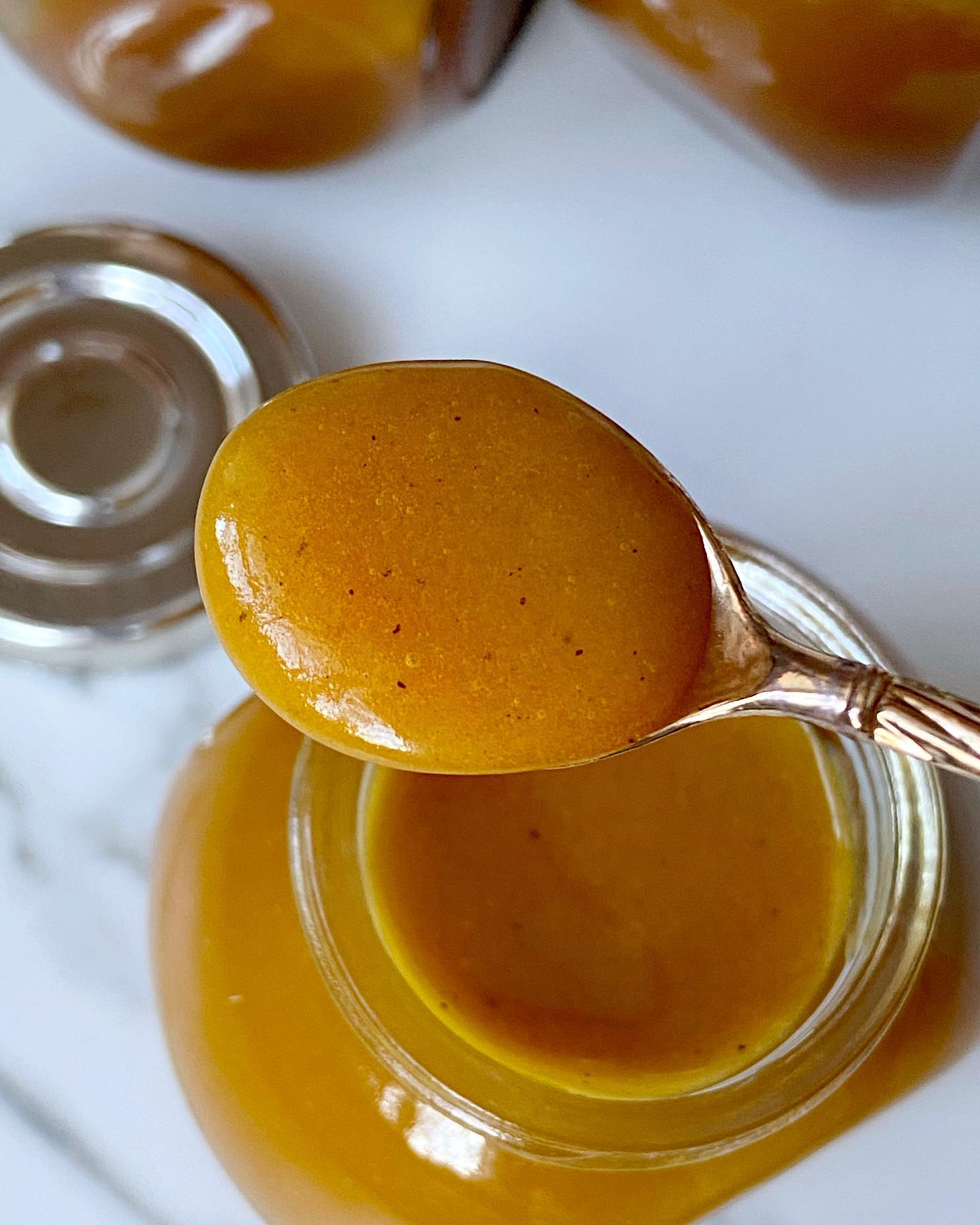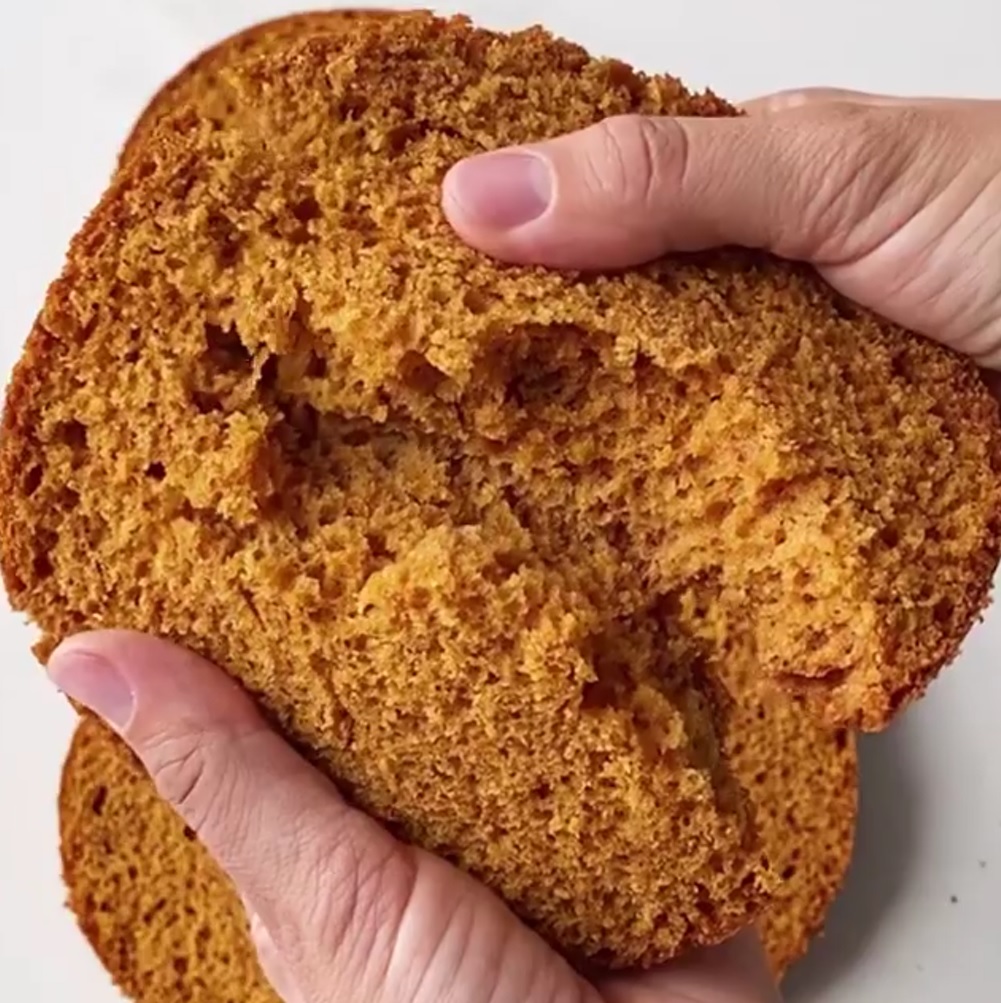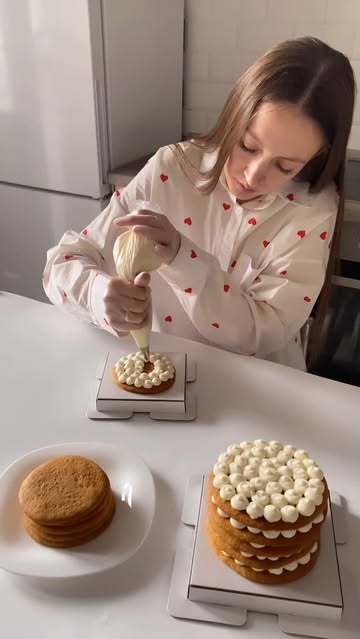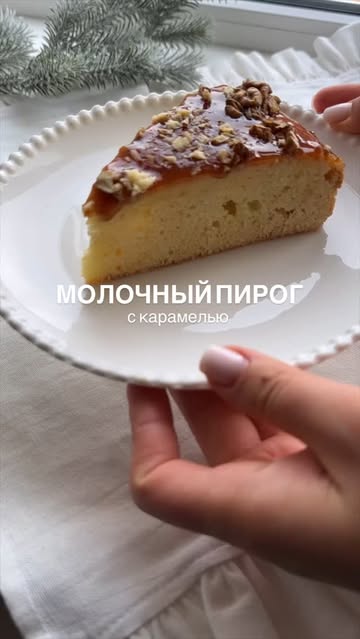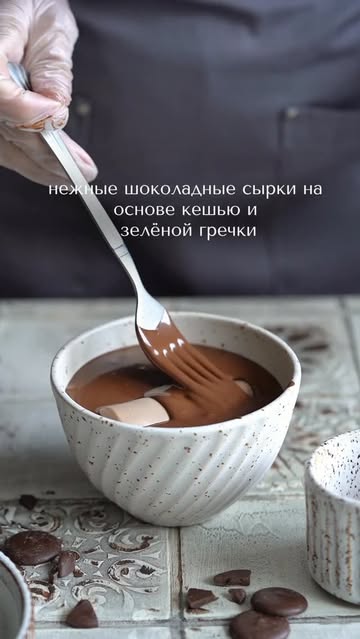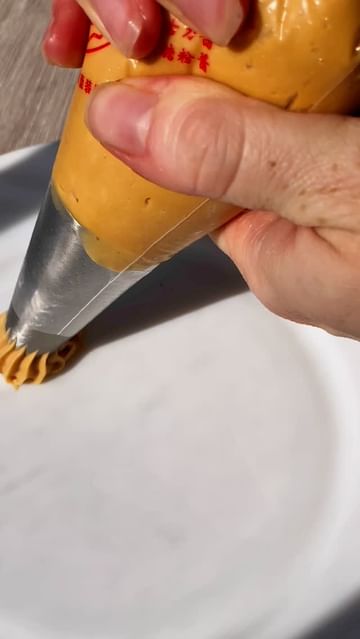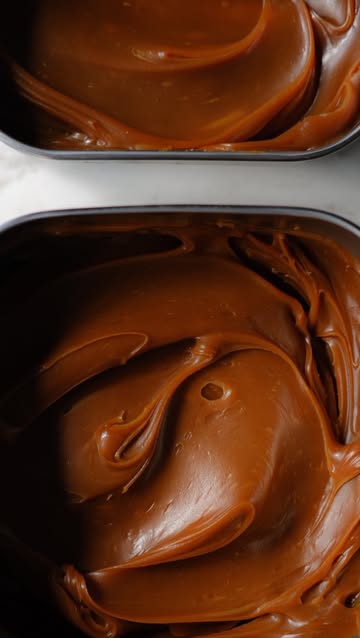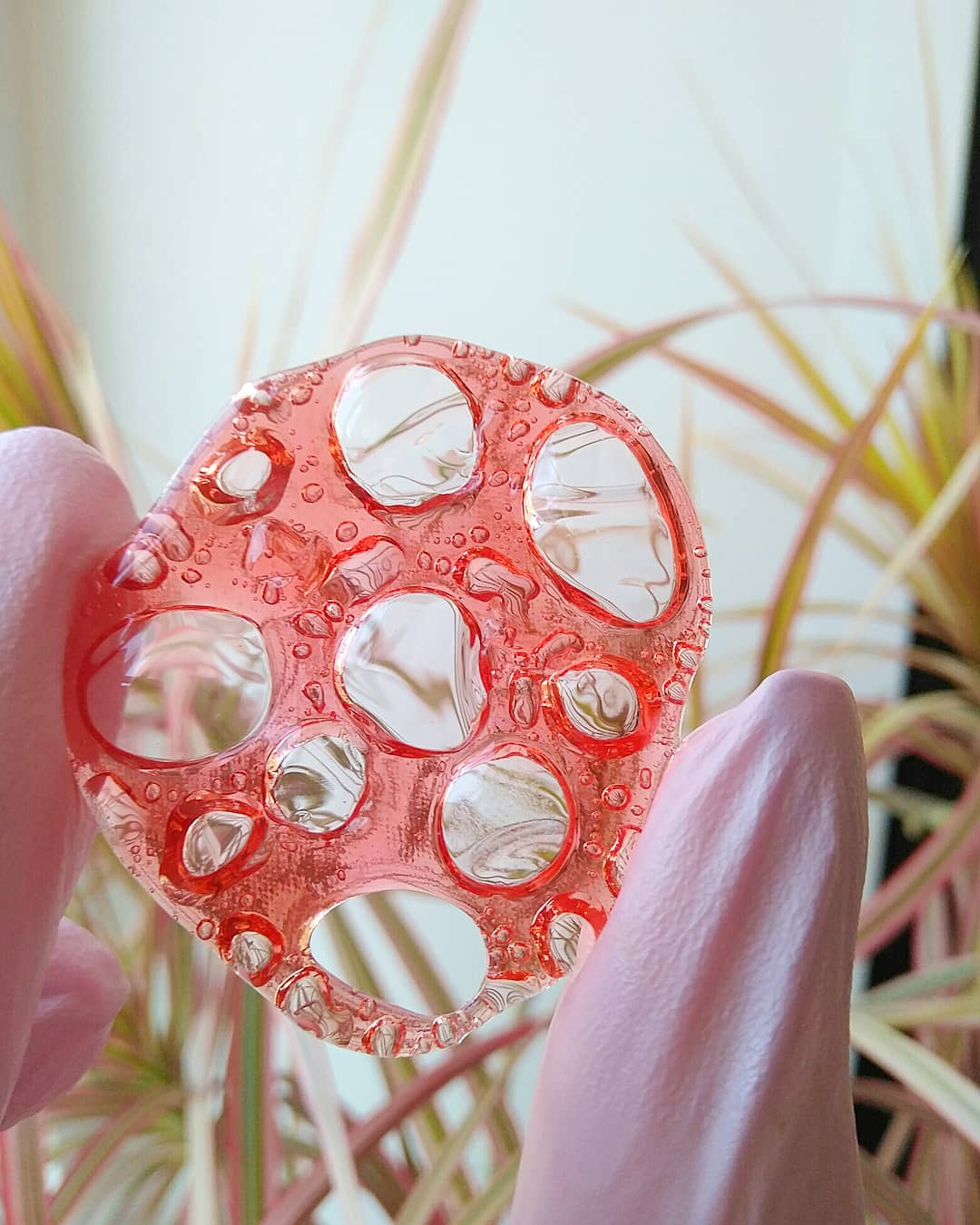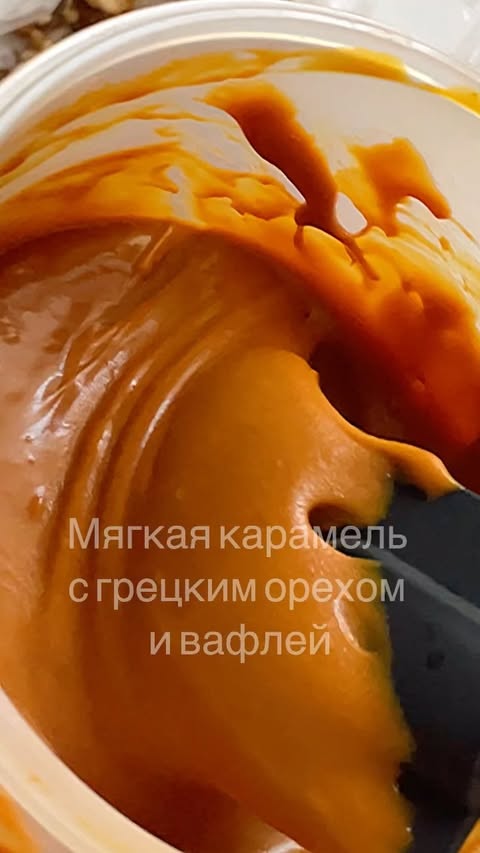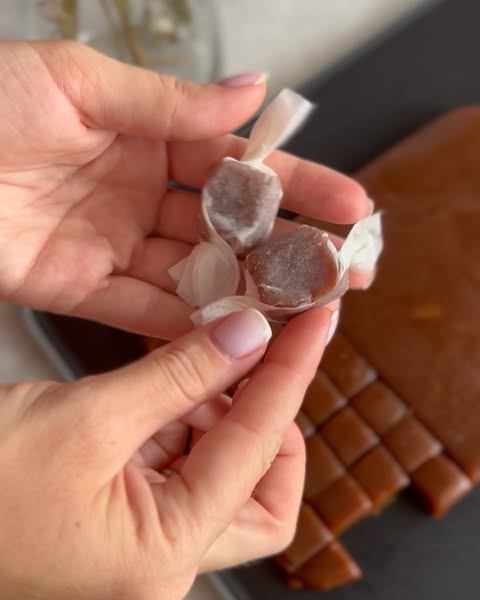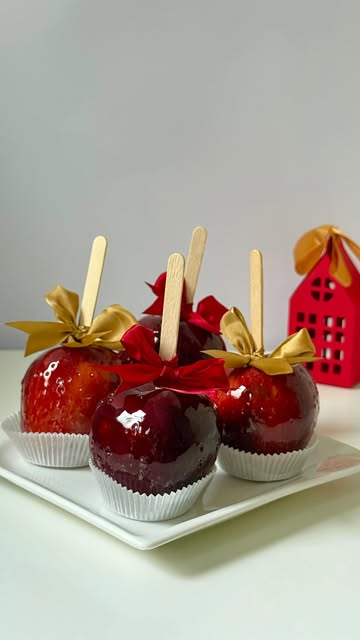Ingredients
Caramel Ingredients
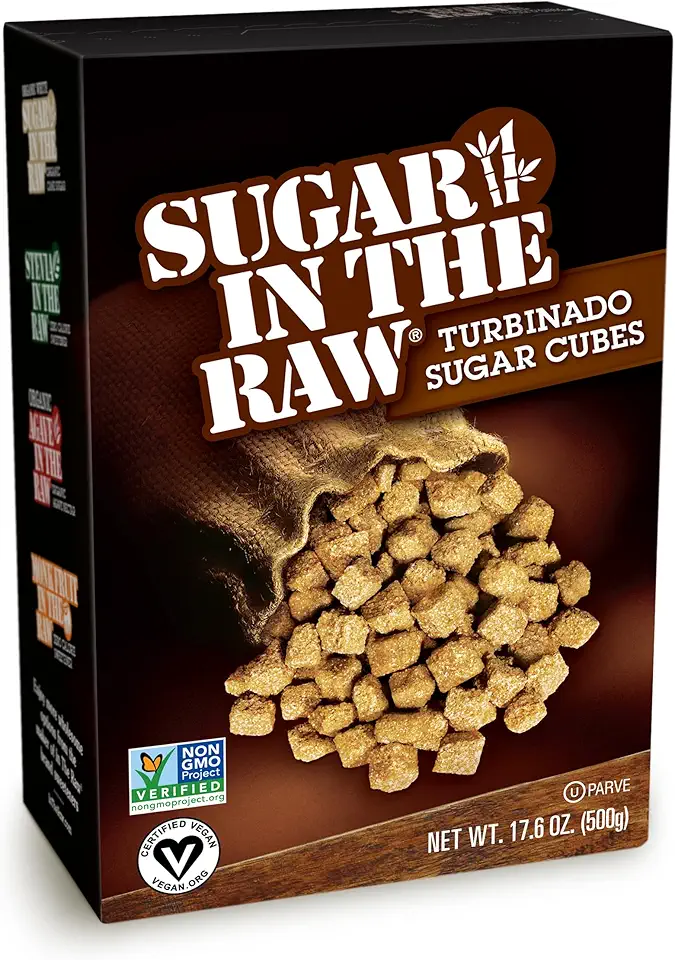 Sugar In The Raw Granulated Turbinado Cane Sugar Cubes, No Added Flavors or erythritol, Pure Natural Sweetener, Hot & Cold Drinks, Coffee, Vegan, Gluten-Free, Non-GMO,Pack of 1
$5.27
View details
Prime
Sugar In The Raw Granulated Turbinado Cane Sugar Cubes, No Added Flavors or erythritol, Pure Natural Sweetener, Hot & Cold Drinks, Coffee, Vegan, Gluten-Free, Non-GMO,Pack of 1
$5.27
View details
Prime
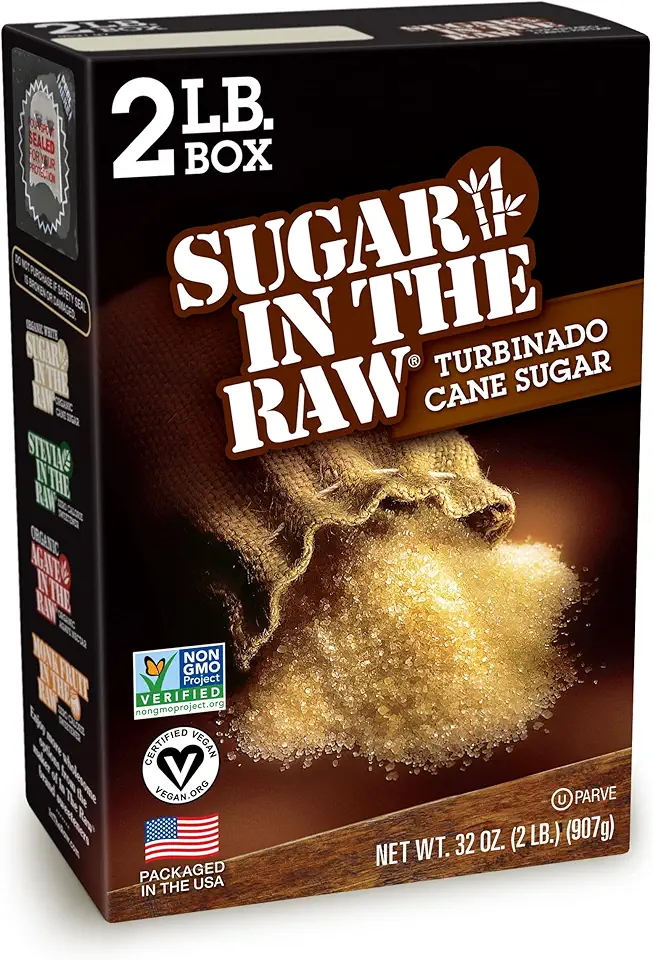 Sugar In The Raw Granulated Turbinado Cane Sugar, No Added Flavors or erythritol, Pure Natural Sweetener, Hot & Cold Drinks, Coffee, Baking, Vegan, Gluten-Free, Non-GMO, Bulk Sugar, 2lb Bag (1-Pack)
$3.74
$4.14
View details
Prime
Sugar In The Raw Granulated Turbinado Cane Sugar, No Added Flavors or erythritol, Pure Natural Sweetener, Hot & Cold Drinks, Coffee, Baking, Vegan, Gluten-Free, Non-GMO, Bulk Sugar, 2lb Bag (1-Pack)
$3.74
$4.14
View details
Prime
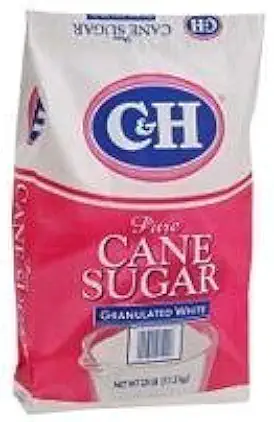 C&H Pure Cane Granulated White Sugar, 25-Pound Bags
$56.99
$49.98
View details
C&H Pure Cane Granulated White Sugar, 25-Pound Bags
$56.99
$49.98
View details
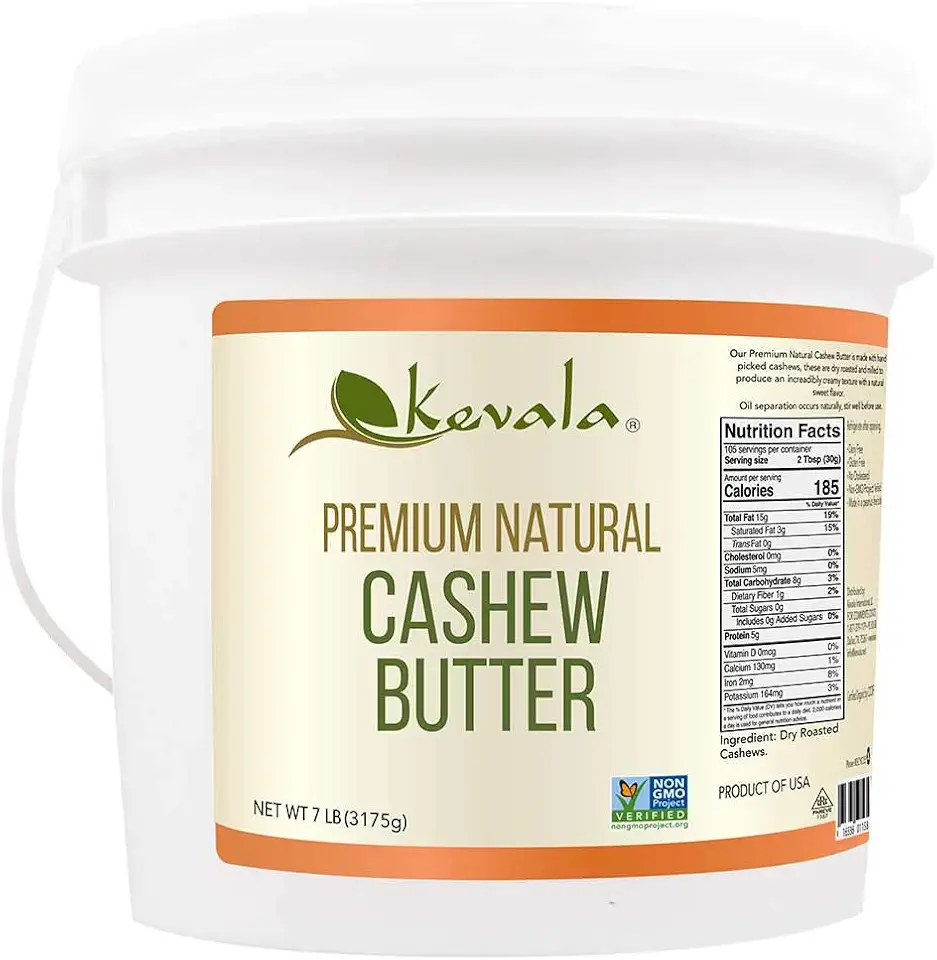 Kevala Cashew Butter 7 Lbs Pail
$83.62
View details
Prime
best seller
Kevala Cashew Butter 7 Lbs Pail
$83.62
View details
Prime
best seller
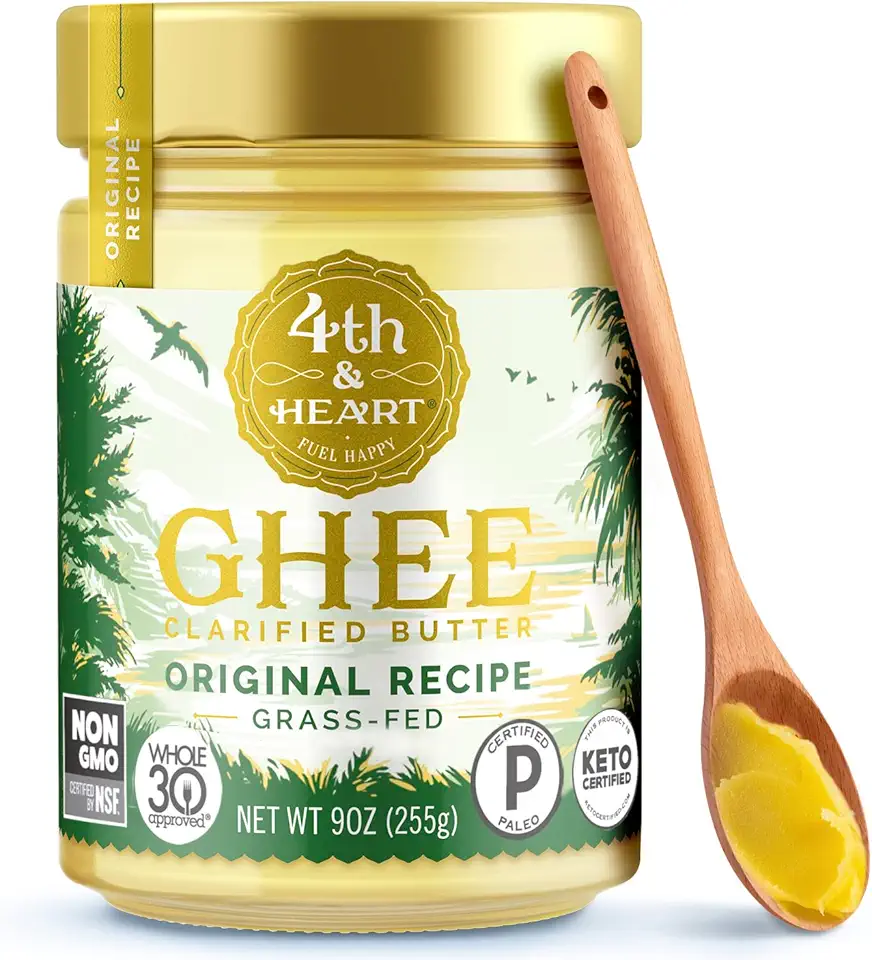 4th & Heart Original Grass-Fed Ghee, Clarified Butter, Keto, Pasture Raised, Lactose and Casein Free, Certified Paleo (9 Ounces)
$11.49
View details
Prime
4th & Heart Original Grass-Fed Ghee, Clarified Butter, Keto, Pasture Raised, Lactose and Casein Free, Certified Paleo (9 Ounces)
$11.49
View details
Prime
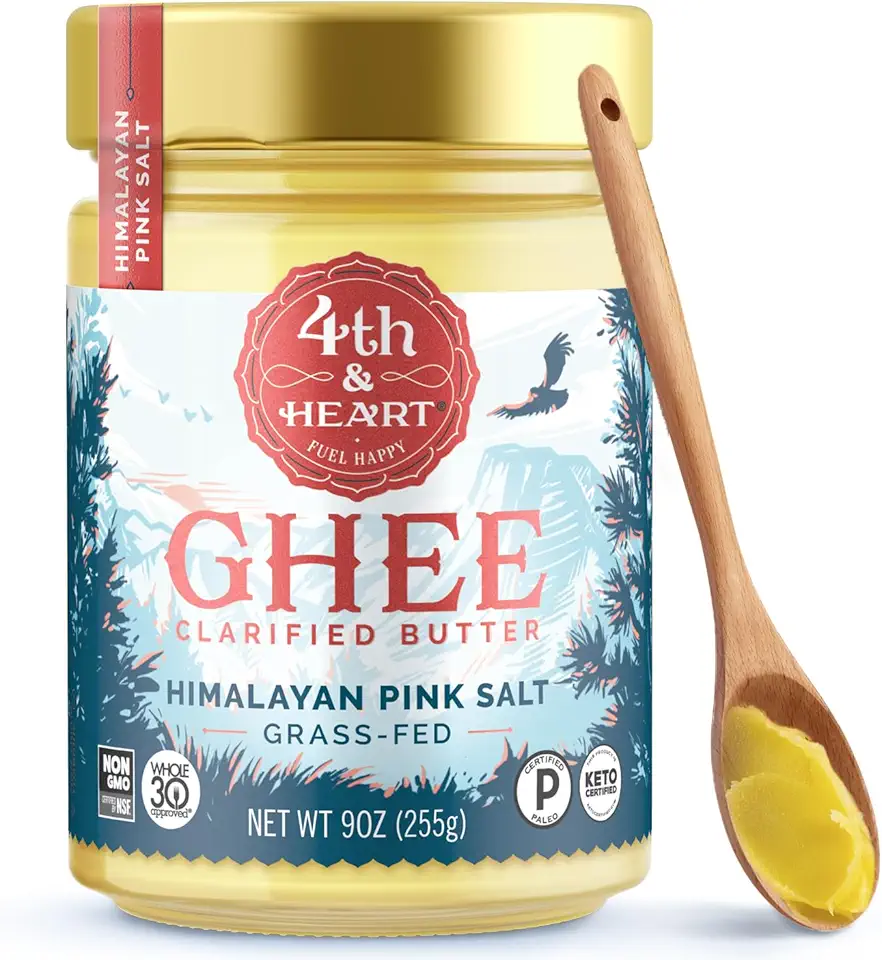 4th & Heart Himalayan Pink Salt Grass-Fed Ghee, Clarified Butter, Keto Pasture Raised, Non-GMO, Lactose and Casein Free, Certified Paleo (9 Ounces)
$9.49
View details
4th & Heart Himalayan Pink Salt Grass-Fed Ghee, Clarified Butter, Keto Pasture Raised, Non-GMO, Lactose and Casein Free, Certified Paleo (9 Ounces)
$9.49
View details
Instructions
Step 1
Start by gathering all your ingredients. *Ensure* your butter is cut into small cubes and your cream is measured out in advance. This will help you move quickly during the cooking process, which is essential for caramel.
Step 2
In a medium-sized saucepan, add the *granulated sugar* and place it over *medium heat*. Stir frequently with a spatula or whisk until the sugar melts completely and turns a deep amber color.
This will take about *8-10 minutes*. Be patient and do not step away from the stovetop because sugar can burn quickly.
Step 3
Once the sugar is melted and has achieved the *desired amber color*, reduce the heat to low and carefully add the cubed butter. Stir continuously until the butter is completely melted and well incorporated into the sugar.
*Caution:* The mixture will bubble vigorously when the butter is added, so be very careful to avoid burns.
Step 4
Slowly drizzle the heavy cream into the mixture while stirring. Be cautious as the mixture will bubble up again significantly. Continue stirring until the cream is fully incorporated and the mixture becomes smooth.
Step 5
Remove the saucepan from the heat and stir in the *sea salt* until dissolved. Let the caramel cool slightly before transferring it to a jar or container.
As it cools, it will thicken, so handle as you prefer for your dessert application. *Store* in the refrigerator for up to two weeks, and *warm* it gently before use if it becomes too thick.
Servings
Equipment
A must for even heat distribution, preventing the sugar from burning. Choose stainless steel for reliability.
Ideal for stirring hot sugar mixtures without the risk of melting or imparting flavors.
One of the best ways to ensure your caramel reaches the perfect temperature of 350°F for that rich, deep flavor.
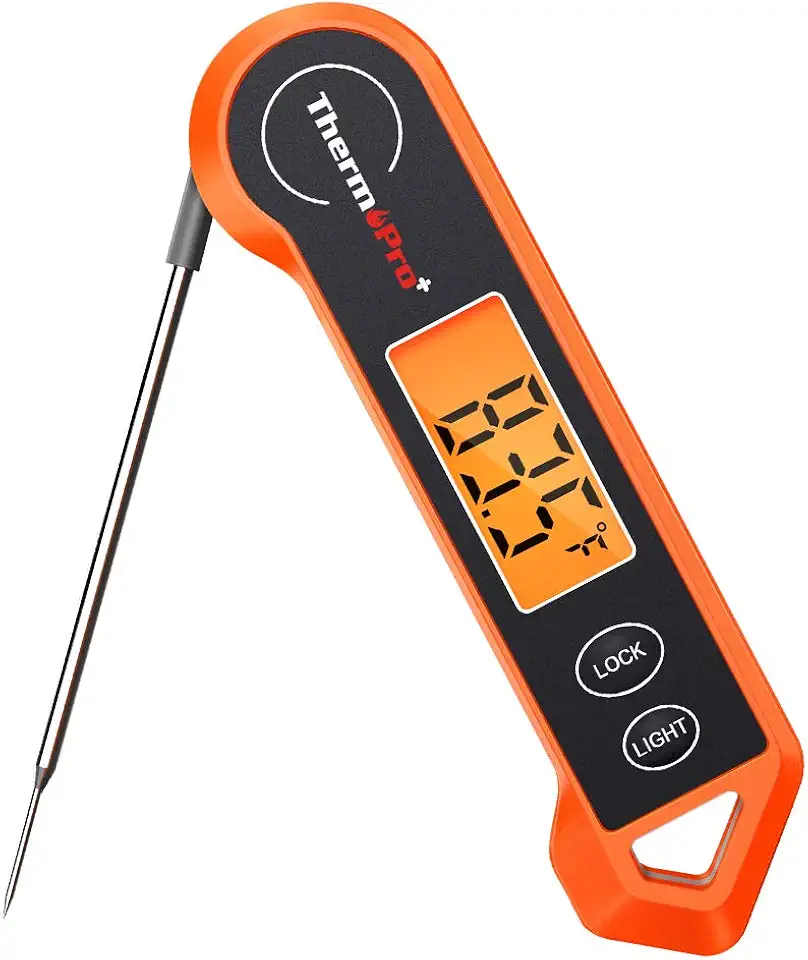 ThermoPro TP19H Digital Meat Thermometer for Cooking with Ambidextrous Backlit and Motion Sensing Kitchen Cooking Food Thermometer for BBQ Grill Smoker Oil Fry Candy Instant Read Thermometer
$16.99
$24.99
View details
Prime
ThermoPro TP19H Digital Meat Thermometer for Cooking with Ambidextrous Backlit and Motion Sensing Kitchen Cooking Food Thermometer for BBQ Grill Smoker Oil Fry Candy Instant Read Thermometer
$16.99
$24.99
View details
Prime
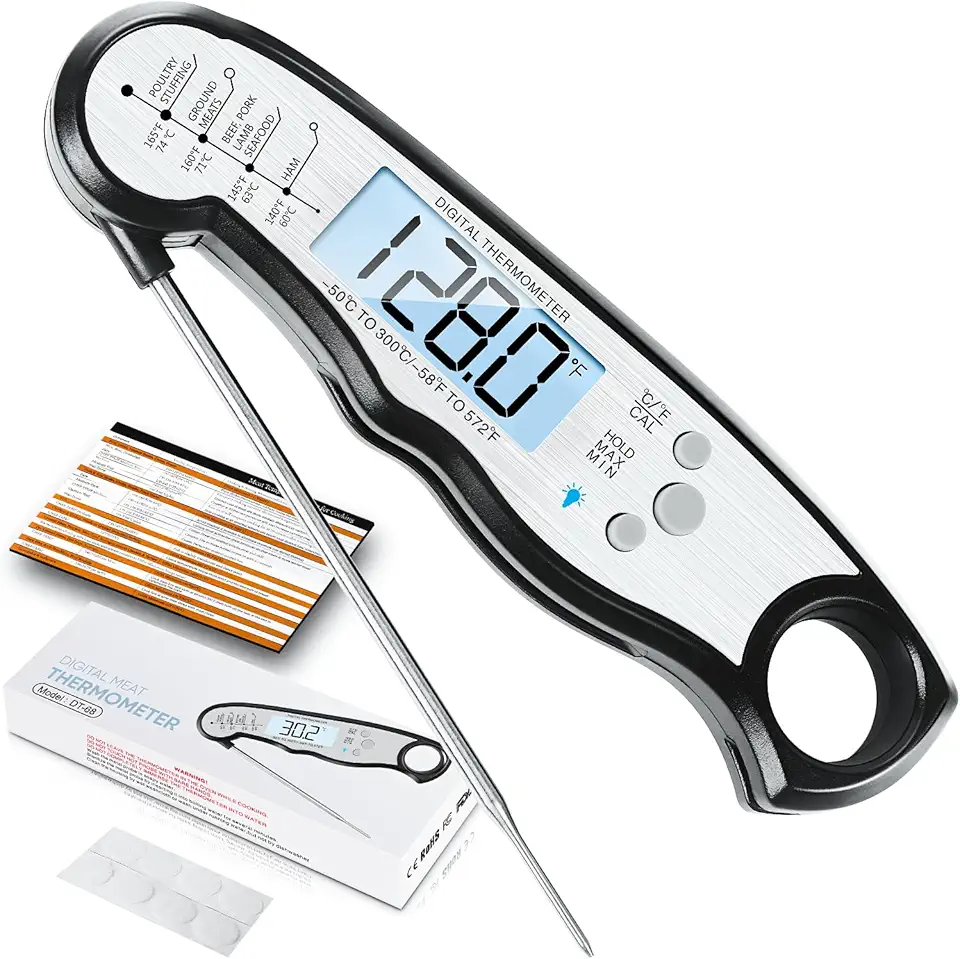 Digital Meat Thermometer, Waterproof Instant Read Food Thermometer for Cooking and Grilling, Kitchen Gadgets, Accessories with Backlight & Calibration for Candy, BBQ Grill, Liquids, Beef, Turkey…
$15.99
$31.99
View details
Digital Meat Thermometer, Waterproof Instant Read Food Thermometer for Cooking and Grilling, Kitchen Gadgets, Accessories with Backlight & Calibration for Candy, BBQ Grill, Liquids, Beef, Turkey…
$15.99
$31.99
View details
Accuracy is key in baking, so get yourself a reliable set to level up your caramel game.
Variations
Gluten-Free: No modifications are necessary, as the standard recipe is naturally free from gluten. Yay! 🎉
Vegan: Simply swap the butter for a plant-based alternative and use full-fat coconut milk instead of cream. You’ll still get that creamy consistency that makes caramel irresistible. 🌱❤️
Faq
- Why does my caramel turn out bitter?
Caramel can taste bitter if the sugar is overcooked. Make sure to monitor the temperature closely and remove it from heat as soon as it reaches 350°F.
- How do I prevent my caramel from crystallizing?
Be sure to dissolve all sugar before letting it boil, and avoid stirring once it starts boiling to prevent crystals from forming.
- Can I substitute brown sugar for white sugar?
Yes, but expect a deeper, molasses flavor. Keep an eye on the color as it may darken faster due to the sugar content.
- How can I thicken or thin out my caramel after making it?
To thicken, let it simmer longer; to thin, reheat gently and add more cream to reach your desired consistency.
- What if my caramel is too runny?
Simply let it cool, as it will thicken as it sets. If it remains runny, you can cook it a bit longer.
- Can I make caramel in advance and store it?
Absolutely! Store it in a sealed jar in the fridge for up to two weeks. Gently reheat before serving.

